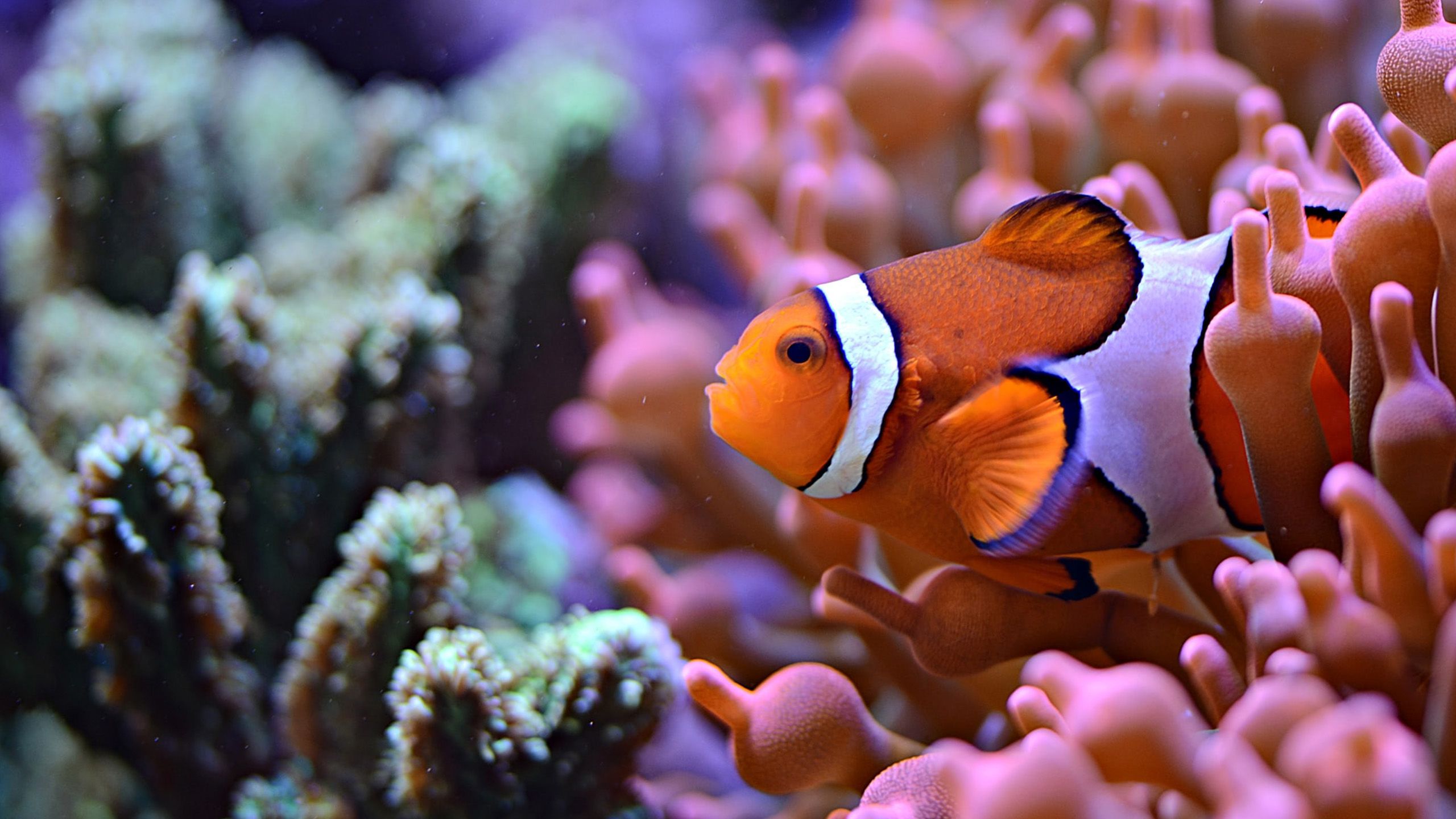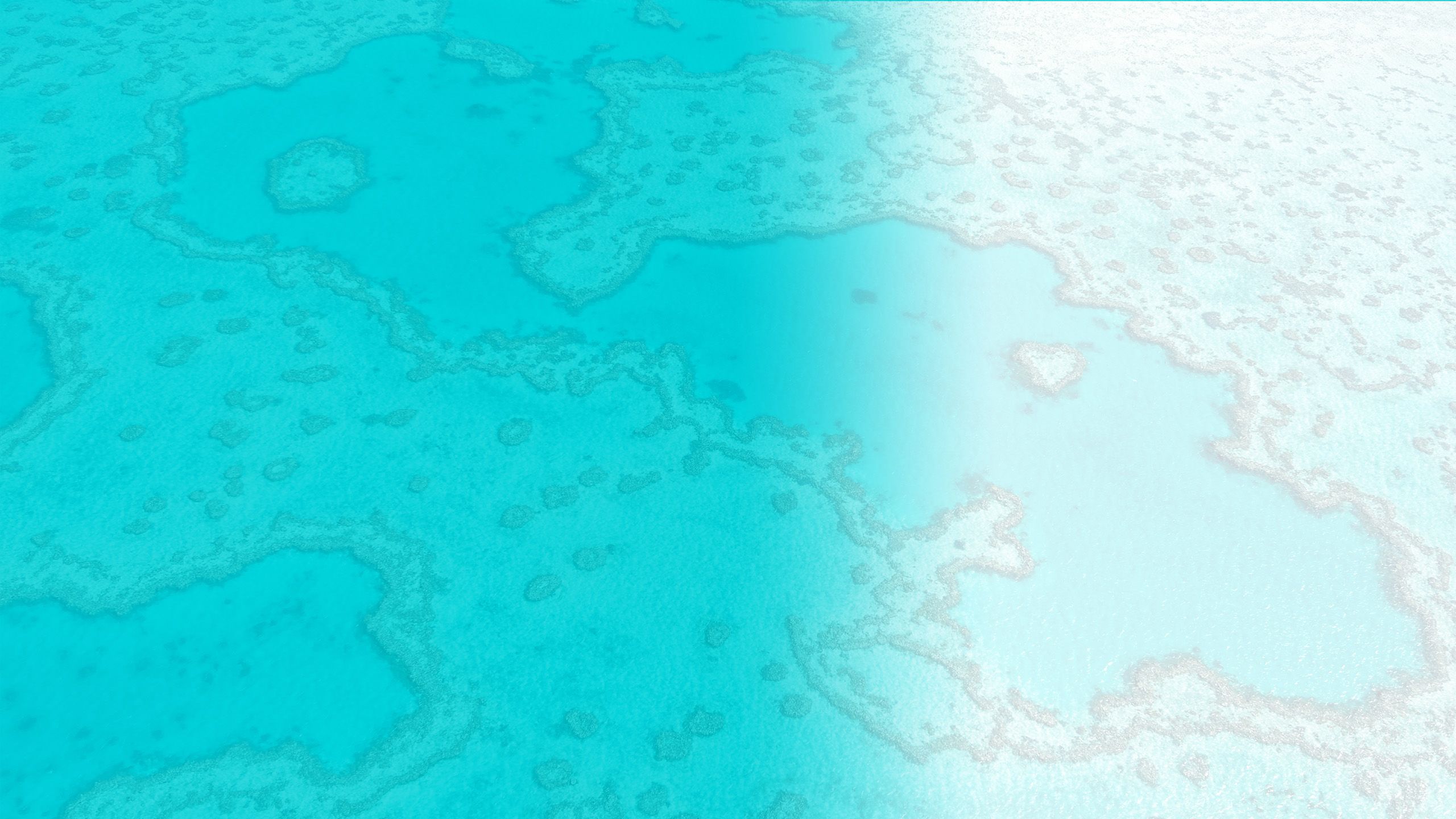Back from the brink: helping coral reefs recover

Stabilising reef rubble may help corals recover faster after being damaged by the impacts of climate change and natural degradation.
The Reef Restoration and Adaptation Program, which includes researchers from The University of Queensland and QUT, is trialling methods to stabilise coral rubble so that it can provide a solid platform for natural coral recovery.
The first task of marine biologist Dr Tania Kenyon and the team is to understand where and when rubble creates a problem for new coral growth, with their research occurring at UQ’s Heron Island Research Station on the Great Barrier Reef.
“Rubble is the debris that is created when a reef is physically damaged by any number of impacts, like cyclones, storms, mass bleaching events and ship groundings,” Dr Kenyon said.
“The idea is to stabilise rubble for long enough to give it a chance to bind together through natural processes and speed up reef recovery.”
Image: Adobe Stock

Co-lead researcher Professor Peter Mumby said the team will identify where and when rubble will slow down coral recovery due to rubble movement, and identify sites where local interventions such as rubble stabilisation might be useful.
“Rubble is part of a natural cycle on coral reefs,” Professor Mumby said.
“The problem is that sometimes waves keep rubble rolling around the seabed floor and it might take 10–20 years to stabilise, but it needs to become stable for new corals to get a foothold and start to grow again.”
Professor Mumby said reefs had suffered over the past 20 years from climate change-induced mass bleaching and one event last year covered an area the size of England.
“Even during the last five years in Australia, we've had three of these warming events that have killed large areas of coral,” he said.
“Reefs are inherently important in nature, not just because they are these beautiful ecosystems and are fantastic to enjoy, but there are hundreds of millions of people around the world that depend on them for their food and livelihoods.”
The project is part of the Reef Restoration and Adaptation Program, a partnership between the Great Barrier Reef Foundation, University of Queensland, Australian Institute of Marine Science, CSIRO, QUT, Southern Cross University, and James Cook University. It is funded by the partnership between the Australian Government’s Reef Trust and the Great Barrier Reef Foundation.
The study has been highlighted in a video produced for UQ by BBC StoryWorks (the commercial content division of BBC Global News) and presented by the International Science Council.
It follows a multi-disciplinary team from UQ’s School of Civil Engineering and School of Biological Sciences who are working together to find the best rubble stabilisation methods to restore tropical coral reefs.

The Great Barrier Reef Foundation is working in partnership with Australia’s leading science organisations to deliver the RRAP to improve the health of the world’s largest reef and coral reefs globally.
The Foundation’s Managing Director Anna Marsden said she hoped people realised that an incredible brains trust was working together to ensure that coral reefs had a future.
“What I want people to feel when they think about the Great Barrier Reef and coral reefs is inspired, inspired that people are working together and that remarkable things are happening,” she said.
Media can access images and video via Dropbox.
Media: Professor Peter Mumby, p.j.mumby@uq.edu.au, +61 (0)449 811 589; Science Media, science.media@uq.edu.au, +61 (0)413 334 924.

